- Find examples of work, artists, and research that interests you
- Begin to think how you will add to these discussions
1
Introduction
In this lesson, you will research photographic practitioners working with self-portrait/identity that are of interest to you.
Aims
Equipment
Guiding questions
Think about these questions as you work your way through the lesson:
Lesson Content
Now it’s time for you to do your own research! Get onto google to find artists and photographic practitioners who are working within the field of self-portraiture and/or identity. Try to read up on the discussion surrounding the work you find. Interviews where the artists talk about their own work, can be a great insight. This will help you gain a greater understanding of the different ways artists approach the same idea.
Focus on artists and photographic practitioners that are making work that you are genuinely interested in or can relate to.
If you’re stuck, here are SOME of the different types of identity discussions there are out there.
Cultural Identity
Gender Identity
National Identity
Collective Identity
Religious Identity
Disability Identity
The key to this research stage is to gather as much ‘visual goodness’ as possible. As well as searching for discussions and themes that interest you. Also, look for styles of photography you genuinely like. Do you like photographers that shoot digital or film? Are you into collage work, landscapes or traditional portraiture? Ask yourself, why did they use these techniques, styles or genres? Then most importantly, ask yourself why you like the work. Try to be as critical and descriptive as possible when answering this. Doing all this will help you to understand what you are visually attracted to and hopefully make the next few stages easier.
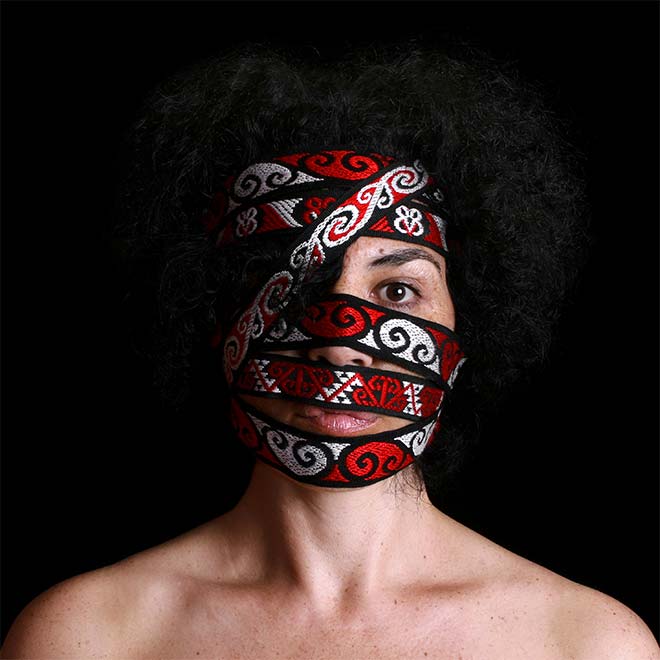
Vicky Thomas, 2009
Instructions
Use Google (and/or the photography section of a library) to search for photographic practitioners that are working with identity and self-portraiture (try using some of the links provided if you're stuck). Gather work that resonates with you from as many different sources as you can. Take a look through your own personal work too. At this stage, try not to consciously filter too much, just keep it simple. If you like it, gather it. Here are a few suggestions for where to look, but be sure to do your own digging as well.
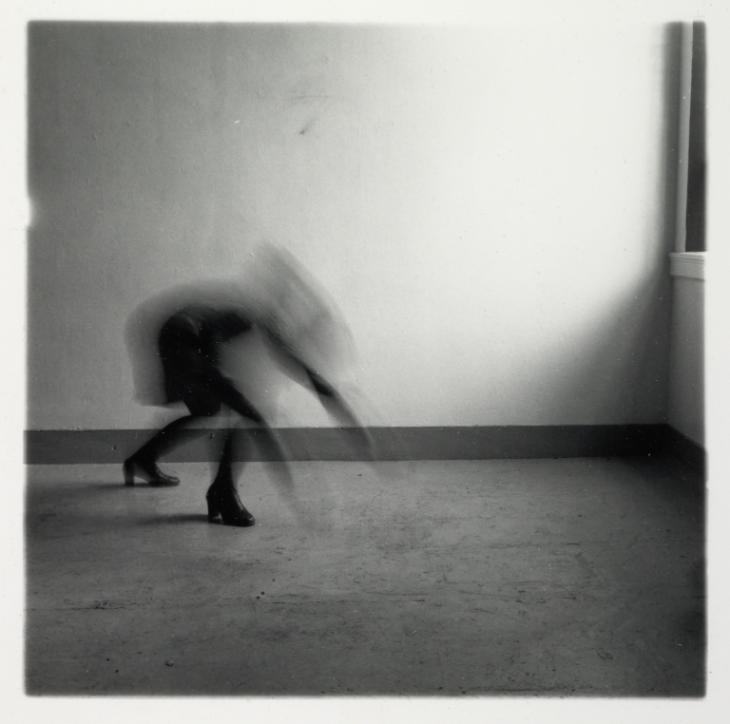
Space², Providence, Rhode Island, 1976. Francesca Woodman
Print (or photocopy) relevant artists or work and read up on the photographer and their relevant projects. Try to find at least three artists/works that interest you. The next step will be to analyse the work you’ve just gathered, but before we get to that, it can be useful to create a table with the image in one column and another two columns for the other information we’re going to record. If you find it hard to work digitally, consider printing the images and sticking them up on the wall, using sticky notes to get your thoughts down. Your thoughts can be drawings as well as words.
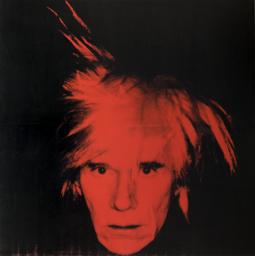
Self-Portrait, 1986. Andy Warhol.
Stick all-important research/imagery/analysis into your workbook. Once you’ve gathered a selection of work you’re into, identify the specific features that drew you to it in the first place. What kind of photographic devices are being used? Is it landscape or portrait? Maybe you like the framing. In the first column, make a list of each feature. Fight the urge to say you just like all of it, and try to zoom in on the specifics so that when it comes to taking your own photograph.
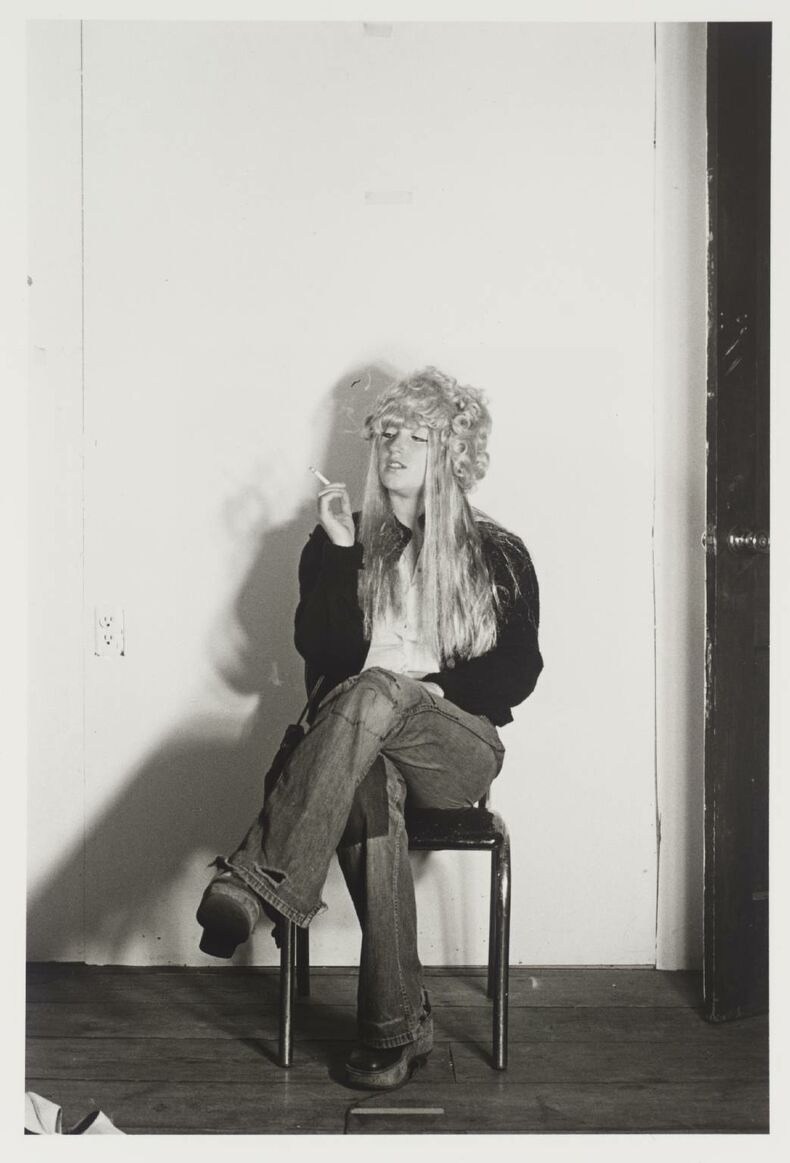
'Untitled', 1976, printed 2000. Cindy Sherman.
Note down what you like about the work (and how YOU think it successfully addresses identity through self- portraiture). What techniques can you identify that the photographer used to create the image? In the second column, make a list for each image.
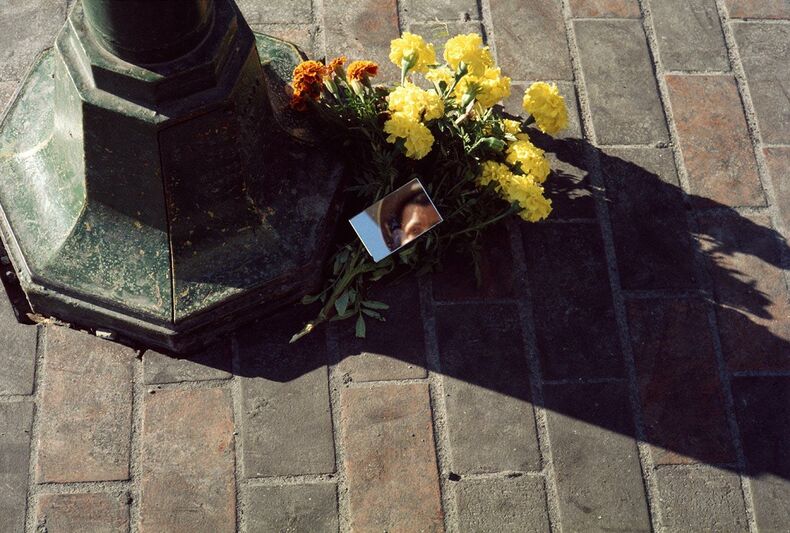
Slide 16, Self-portraits color. Vivan Maier
At this point you should have managed to get a whole lot of interesting stimulation stuff and had a long hard arty think about it. From here it's about making connections and start to think about what you might like to do with all the stimuli you have gathered and analysed.
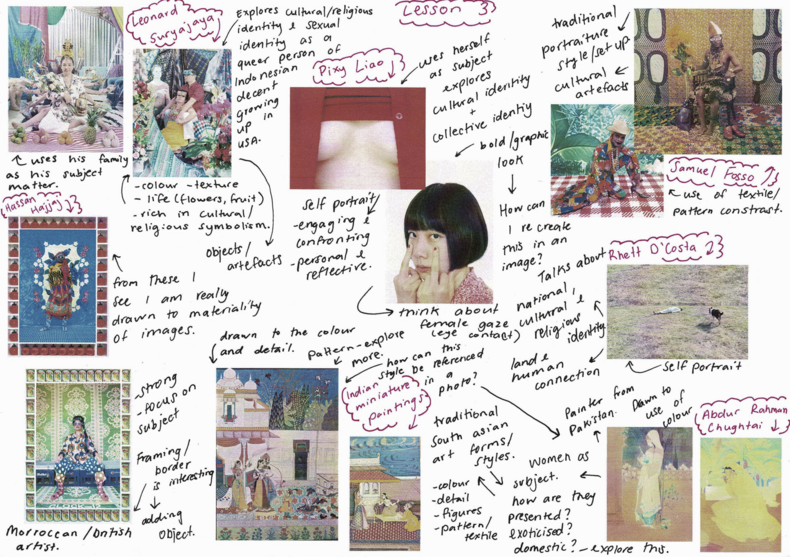
Da daaa! Example of a hunt and gather